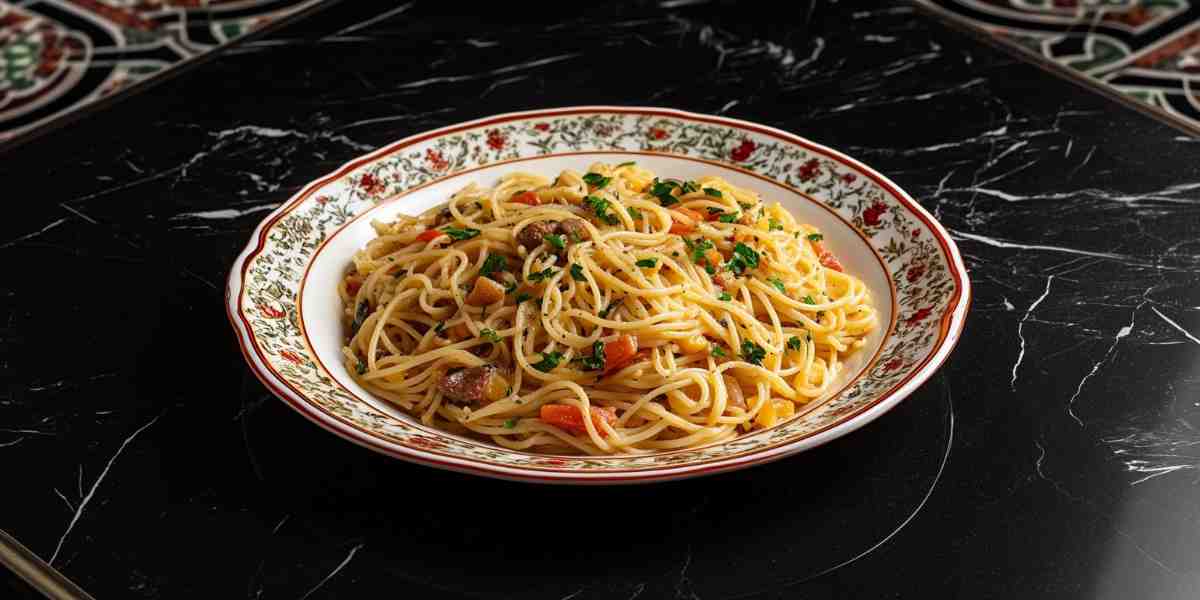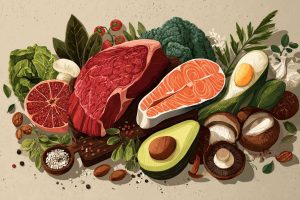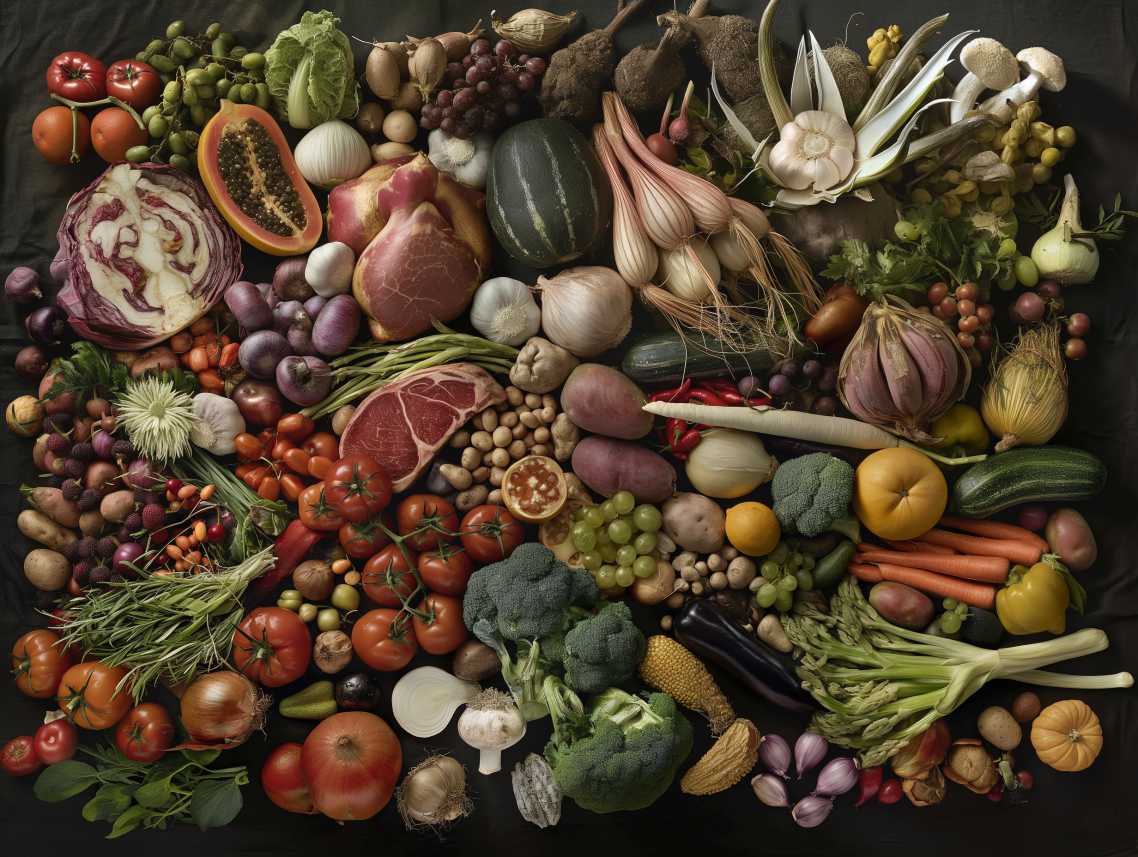The surprising history of the Carbonara dish

Spaghetti alla Carbonara is a dish that evokes comfort, simplicity, and tradition. With its creamy texture, rich flavor, and humble ingredients, Carbonara has become a symbol of Italian culinary excellence across the globe. But behind its delicious taste lies a surprisingly complex and debated history. Contrary to the popular belief that it is an ancient Italian classic, Carbonara’s roots are relatively modern, and international in flavor. This article delves into the origin stories, culinary evolution, cultural context, and eventual canonization of Carbonara, revealing how war, migration, and myth-making have all played a part.
Origins of the name
The etymology of “Carbonara”
The term Carbonara is derived from the Italian word carbonaro, which translates to “charcoal burner.” One theory posits that the dish was named after coal miners in the Apennine mountains who allegedly ate a version of it as a practical, filling meal (title La cucina romana, author Ada Boni). The black pepper in the dish was thought to resemble coal dust, a poetic and rustic image.
However, no written record of the recipe appears before the 1940s. This challenges the theory that it was an old peasant or miner’s dish. Food historians argue that if such a dish were widely known among laborers, it would have appeared in Italy’s rich culinary archives much earlier.
A secret society?
Another speculative origin links Carbonara to the Carbonari, a 19th-century secret revolutionary society in Italy. Some believe the dish may have been created or named in homage to them. Yet this idea is more mythological than historical and lacks concrete evidence (title A History of Italian Food, author Alberto Capatti).
The post-war invention theory
American soldiers and powdered eggs
The most widely accepted theory attributes Carbonara’s invention to the period following World War II. In 1944, Allied troops, particularly Americans, were stationed in Italy. They brought with them rations that included powdered eggs and bacon. Italian chefs, coping with post-war food scarcity, are believed to have improvised a pasta dish using these ingredients, giving birth to the earliest version of Carbonara (title Delizia!, author John Dickie).
According to Dickie, it is no coincidence that Carbonara first appeared in cookbooks around this time. The combination of bacon and eggs was alien to traditional Roman cuisine but familiar to Americans. The fusion of these culinary traditions represents a case of food as cultural exchange under extreme historical conditions.
The first written recipe
The first published recipe appeared in 1954 in La Cucina Italiana, a prestigious Italian food magazine. Interestingly, the recipe used spaghetti, eggs, pancetta, Parmesan cheese, and garlic, elements now associated with the dish but with some differences from today’s purist versions (title La Cucina Italiana, author Editoriale Domus). Notably, cream, often used outside of Italy today, was absent.
Evolution of the ingredients
Guanciale vs pancetta
While many modern interpretations use pancetta, traditional Roman Carbonara relies on guanciale, cured pork jowl. Guanciale has a stronger, richer flavor and a higher fat content, which melts into the sauce, giving it depth. This shift reflects a return to regional authenticity as Italian cuisine underwent a renaissance in the 1970s and 1980s, promoting local ingredients (title La cucina romana, author Ada Boni).
Pecorino Romano vs Parmesan
Another key debate centers on cheese. Parmesan (Parmigiano Reggiano) is often used outside Italy, but true Carbonara calls for Pecorino Romano. The sharp, salty flavor of this sheep’s cheese complements the fat of the guanciale and the richness of the egg.
Eggs: yolk or whole?
Recipes vary widely when it comes to eggs. Some call for whole eggs, others for only yolks. The yolk-only versions produce a richer, creamier sauce. Purists insist that no cream should ever be added, the creaminess should come from the emulsion of egg, cheese, and pork fat (title Science in the Kitchen and the Art of Eating Well, author Pellegrino Artusi).
International misinterpretations
The addition of cream
In the United States and the UK, it is common to find Carbonara recipes that include heavy cream. While this may appeal to international palates, it is sacrilege to Italian chefs. According to the Italian Academy of Cuisine, adding cream betrays the dish’s essence, which relies on emulsion, not dairy (title Italian Food: Fact and Fiction, author Gillian Riley).
Carbonara with mushrooms, peas, or chicken
The further globalization of Carbonara has led to countless variants, some with mushrooms, others with peas, even with chicken or shrimp. While these dishes may be enjoyable in their own right, they are no longer considered Carbonara in the traditional sense. In 2020, Italians reacted with outrage to a French version of Carbonara shared by the French government’s food channel that included crème fraîche and onions (title Carbonara-gate, author La Repubblica).
Carbonara’s rise to iconic status
From Rome to the world
Spaghetti alla Carbonara has become one of the most famous Italian dishes globally, alongside pizza and lasagna. It represents the Roman tradition, but its post-war American connection gives it a dual identity. Tourists seek it out in Trastevere, while chefs around the world attempt to replicate its perfection.
Carbonara Day
In 2017, the Italian pasta manufacturers’ association declared April 6th as “Carbonara Day, ” a social media celebration of the dish. Each year, Italians and enthusiasts worldwide share their Carbonara creations online, igniting debates about authenticity and innovation (title La Repubblica, author Silvia Cittadini).
Culinary symbolism
A dish of transition
Carbonara stands as a metaphor for Italy’s transition from war to modernity. It captures a moment in time when Italians, faced with hardship, adapted and created something new from limited means. It also mirrors the broader trajectory of Italian food: from regional necessity to global obsession.
Purity vs evolution
The dish raises a philosophical question often debated in culinary circles: should traditional recipes evolve with time and context, or must they be preserved in their original forms? Carbonara occupies the middle ground, a recipe born of innovation that has since become fiercely protected by tradition.
Conclusion
The story of Carbonara is not simply about food, it is about history, identity, and the intersection of cultures. It began, not in a medieval Roman kitchen, but amidst the rubble and rations of post-WWII Italy. It evolved as Italian chefs incorporated foreign ingredients into their culinary repertoire, turning an improvisation into an iconic dish. Today, it is both deeply local and unmistakably global.
The debates around authenticity reflect broader tensions in culture and heritage. Is it acceptable to adapt traditional recipes to suit modern tastes, or should they remain untouched? Carbonara, in all its creamy, peppery glory, suggests that the best dishes are those that tell a story, of change, resilience, and, above all, taste.
Recipe: Spaghetti alla Carbonara
Ingredients
- 400 grams of spaghetti
- 150 grams of guanciale (or pancetta as an alternative)
- 4 egg yolks
- 100 grams of Pecorino Romano, finely grated
- Black pepper, freshly ground
- Salt
Instructions
- Cook the pasta
Bring a large pot of salted water to a boil. Cook the spaghetti until al dente according to package instructions. - Prepare the guanciale
Cut the guanciale into strips or cubes. Fry it in a skillet over medium-low heat without oil until golden brown and crispy. Remove from heat but keep the rendered fat. - Beat the egg mixture
In a bowl, mix the egg yolks with the grated Pecorino Romano and a generous amount of black pepper until it forms a thick cream. - Combine
Drain the pasta (save a bit of the cooking water). Add the pasta to the pan with the guanciale and mix. Quickly add the egg mixture while stirring continuously. Add a small amount of pasta water if the sauce is too thick to keep it creamy. The heat of the pasta gently cooks the eggs without scrambling them. - Serve
Serve immediately with extra Pecorino and black pepper to taste.
Enjoy your meal!


















